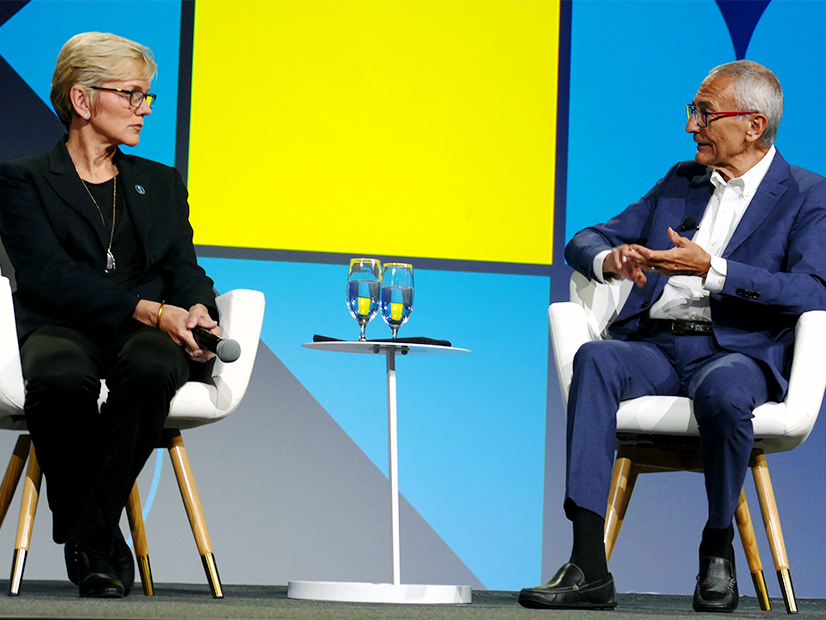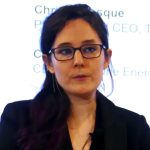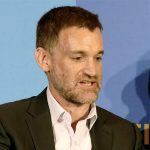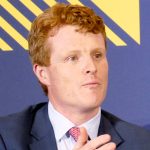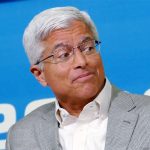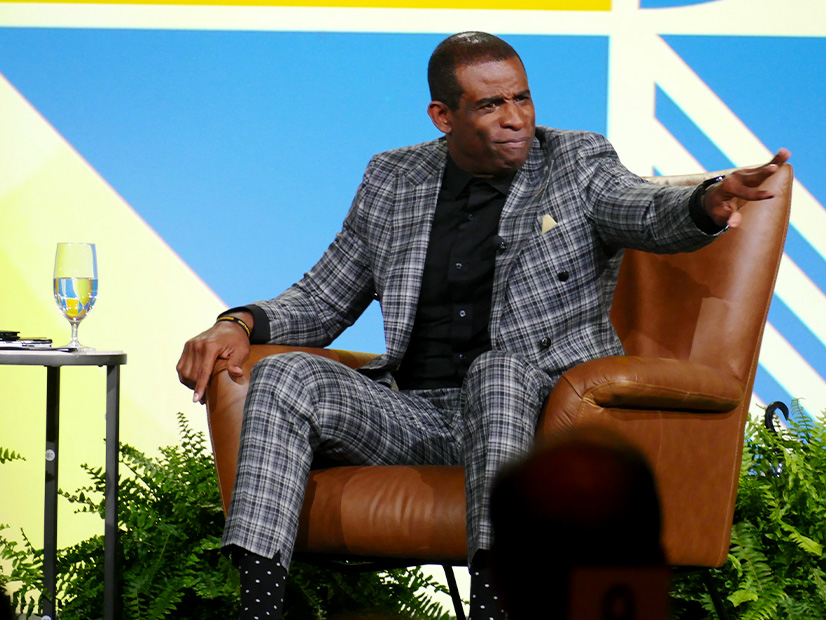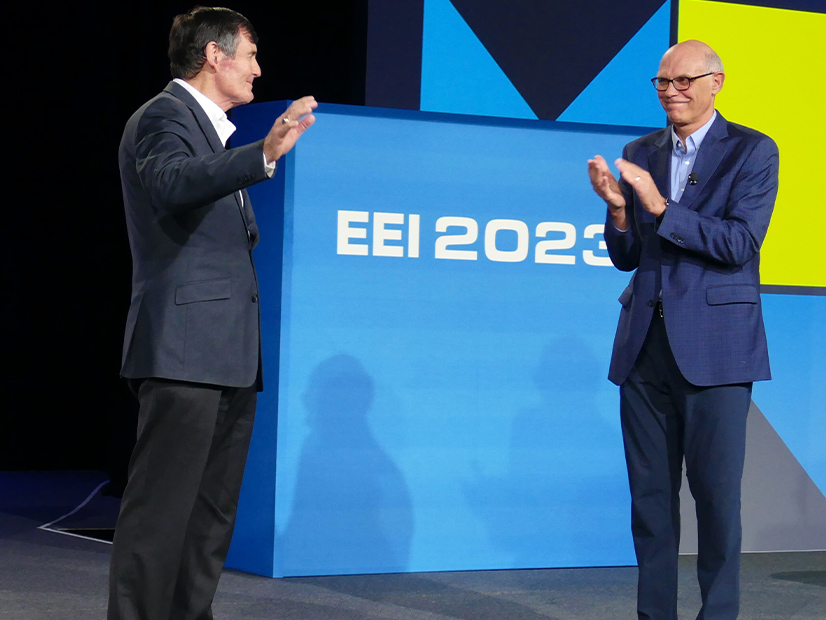
Feds Come Bearing Gifts for Clean Energy Industry
AUSTIN, Texas — The Edison Electric Institute’s annual thought leadership forum, EEI 2023, celebrated its 90th anniversary early last week with a focus on the clean energy transition and by sharing its vision of a carbon-free energy future with about 1,200 attendees.
EEI says “assessing the viability of new and emerging technologies is crucial to deploying clean energy reliably and affordably.”
It also helps to have a government or private investors willing to fund those technologies. Among those who came to Texas bearing the offer of gifts were U.S. Energy Secretary Jennifer Granholm and John Podesta, senior adviser to President Joe Biden for clean energy innovation and implementation.
The Inflation Reduction Act has given Granholm billions of dollars to hand out. The Transmission Facilitation program offers $2.5 billion for interregional transmission lines, and the Department of Energy’s Loan Programs Office can provide another $400 billion in loan guarantees. And then there’s the $10.5 billion Grid Resilience and Innovation Partnerships program to help build transmission, and that has attracted significant interest from MISO and SPP, among others. (See DOE Clears JTIQ Projects to Proceed with Funding App.)
“Do you ever remember the secretary of energy coming through one of these conventions in the past with so much resources?” Podesta asked during a panel discussion with Granholm and Portland General Electric CEO Maria Pope.
“We have so much money we want to give it away,” Granholm responded.
“Deploy! Deploy! Deploy!” a more politically correct Pope interjected.
Granholm pointed out that by one estimate, about $23 trillion of global investments will be made in clean energy by 2030.
“The question is, which nation is going to capitalize on it?” she asked. “We think you know now because of the most aggressive incentives in the world, the United States has become irresistible for investing in energy manufacturing, particularly those manufacturing plants. There’s about $200 billion of manufacturing plants that have been announced as the president took office and require a lot of electricity demand. Obviously, you are the tip of the spear.
“So please, if you haven’t already, apply for these programs,” Granholm told her audience.
“We need a transformation of the global economy and the size and scale that’s never occurred,” Podesta said, also addressing the attendees. “What can you do to help and work in partnership? I think building that energy system, taking on the challenge of increased supply of electricity so the rest of the economy can reduce its emissions as we move forward.”
“Sometimes, when you’re in the middle of history, it’s hard to tell,” Granholm said. “I guarantee that we are in the middle of this incredible moment in history that you’ll look back on and say, ‘I was in that business when we made incredible strides and set the table for us to reach these big, hairy audacious goals.’”
Nuclear Needs a Breakthrough
Julie Kozeracki, a senior adviser with DOE’s loan office, said her group’s $300 billion in loan authority is untouched.
“Nobody wants to be building nuclear right now,” Kozeracki said. “The industry is stuck in a stalemate, where utilities are staring at reactor developers, and reactor developers are staring at their suppliers, and no one is really ready to move or make real capital decisions about building new nuclear.”
She suggested establishing a mandate for clean, firm power when there are few good options will help break the standoff.
“If we want to get serious about decarbonizing and live in a society where the lights turn on, that’s going to cost more,” Kozeracki said. “When you look at the value that nuclear provides for a resilient decarbonized grid, it means that nuclear doesn’t really have to compete with solar by itself or natural gas by itself. I think there’s this perception that nuclear is uniquely expensive or uniquely risky, or uniquely far off, but when you look at the competitor set for your clean, firm options, I actually see nuclear as having a pretty good competitive shake [at] 200 GW of that 700 or 800 GW of clean, firm capacity that we’re going to have to add to the grid by 2050.”
The loan office has shelled out about $12 billion to help Southern Power build two new units at its Plant Vogtle nuclear site. The construction is seven years behind schedule and has cost $35 billion so far. However, Kozeracki said “no one is more excited” than she is that Unit 3 is coming on line, and Unit 4 will soon follow.
Later in the week, on Friday, Southern subsidiary Georgia Power said Unit 3 has been delayed for at least another month after discovering a problem in the hydrogen system used to cool the main electrical generator. The unit’s testing is 95% complete, and it has already been generating power.
Kozeracki called for a “level of humility” around lessons learned from Vogtle, saying she is happy to talk about the controversial plant where others aren’t.
“Vogtle has a lot of lessons around ensuring that your design is complete enough before you begin construction; around ensuring that you do a detailed resource-loaded schedule before you put a shovel in the ground; around ensuring you have a quick enough turnaround in the [quality assurance] process,” she said.
“I sometimes hear people not really wanting to talk about it, and I think quite the opposite. We should all be talking about Vogtle, learning from it as much as possible and ensuring we incorporate that into new builds to ensure that we’re set up for success,” Kozeracki added.
Long-duration Storage is Key
Clean technologies will be crucial to reducing carbon emissions across the U.S. economy, several speakers said. Among the emerging clean technology is long-duration energy storage, whose proponents say could strengthen grid resilience, increase renewable power generation’s adoption and improve energy security.
“There is just no energy transition without decarbonizing the grid,” Quidnet Energy CEO Joe Zhou said during a panel discussion. “One of the harshest realities facing this transition is just how expensive it is to store electricity. Imagine going to the store and spending $10,000 on a bottle to store $1. That pretty much sums up the state of electricity storage today. We need to make that drastically cheaper.”
Enter, then, DOE’s chief commercialization officer and director of its Office of Technology Transitions, Vanessa Chan.
“We want to try to get renewables onto that grid and to do that, we need to make sure that we’re able to get the energy when the sun isn’t shining and the wind isn’t blowing,” Chan said. “How do we get that flexibility and reliability that is not present in renewables without utility storage? What do we have to do at the state and ISO level in terms of the regulatory and market changes needed to happen so that people actually get compensated for this flexibility and reliability that is being done?
“Right now, there is no business model for them,” she said. “We want to make sure that we are able to help the established players and navigate this because it’s a new thing.”
Mateo Jaramillo, co-founder and CEO of storage developer Form Energy, said he has the scars from 20 years in the battery business. His company has developed an iron-air battery that takes advantage of the rusting process to store electricity for 100 hours that he said is cost competitive with legacy power plants.
“How do [utilities] functionally replace the thermal plants that they know are going out of their system?” Jaramillo said, explaining his thought process. “To sort of prove to myself that there was something that could cost-effectively address that and really try and precisely answer the question, well, what is it that you need? How many hours do you need? Do you need eight hours? Do you need 100,000 hours? By going through a lot of analytics, I ended up settling on roughly a 100-hour duration as the duration that really solves that capacity problem.”
During the forum, Form announced it had signed a definitive agreement to sell Georgia Power a 15-MW/1,500-MWh iron battery system to come online by 2026. It is also working with Xcel Energy on a multiday energy storage project that the company’s CEO, Bob Frenzel, was only too happy to discuss.
“We’ve reached a point in [Xcel’s] penetration [of the renewable energy market] where long-duration storage is a very interesting resource for us to pursue,” Frenzel said. “We recognize that to move a technology forward, we have a role to play as a company and an industry. Doing it effectively from the standpoint of our shareholders and customers means it needs to be cost-effective.”
“What’s next for long-duration energy storage? It is starting to make real these projects and products in the market,” Jaramillo said. “The future is happening right now. It is imperative to scale up and deploy.”
Transmission Developers Get Creative
Transmission developers, faced with permitting and siting challenges that can add years to a project, are looking for innovative financing solutions that involve new partnerships. Others, like commodities trader John Arnold, a former Enron executive and a billionaire since 2007, have put their millions into building HVDC transmission lines.
“This industry kind of ran out of funders, and so that’s where I really saw the opportunity to step in,” said Arnold, who has partnered with former Clean Line Energy Partners CEO Michael Skelly to create Grid United. The joint venture has nearly a dozen projects underway or in the pipeline. (See Skelly’s Grid United Quickly Making Waves.)
“I became convinced that interregional transmission is a necessary component of [integrating renewables], and every study that has come out has shown that,” Arnold said. “When I started to come around to this in 2019 and 2020, my question was, ‘Why isn’t anybody doing this?’”
He said many of the hindrances to developing HVDC lines began falling away in recent years.
“I think it’s very clear now: Utilities that are trying to meet goals or mandates for 2030’s decarbonization need to do this,” Arnold said. “I think the permitting has gotten easier and some of the federal incentives have gotten easier. I think the big challenge in the 2010s was how do you take wind and solar from very expensive resources to being cost-competitive with natural gas. The challenge this decade is how do you take a portfolio of low-carbon generation assets and have that match the load profile from the utility space and do that with the reliability that Americans expect and demand.”
Citizens Energy, a Boston-based nonprofit founded by Joseph P. Kennedy II, has added a transmission business that helps finance projects in return for a share of the profits. The company has collaborated with San Diego Gas & Electric on a 500-kV project through California’s hardscrabble Imperial Valley.
“We partner with developer and incumbent utility, anybody that is willing to take us on and say, ‘Hey, rather than our partner financing 100% of the transmission line, let’s let Citizens finance a portion of that,’” said Joseph P. Kennedy III, the company’s managing director. “We essentially purchase a 30-year interest in the capacity of that line.”
Citizens then takes half the profits it generates from its ownership percentage and turns that over to local communities so they can invest it.
“It is the only scalable, replicable model that I know of that treats stakeholders as truly stakeholders and communities as stakeholders in the project without increasing costs, while also giving investors the same rate of return off their portfolio,” Kennedy III said.
SDG&E CEO Caroline Winn said the valley is rich with solar, wind and geothermal resources, the electricity from which now flows to San Diego.
“But because of the work that Citizens did, it immediately provided these clean energy benefits to the lowest low-income communities in the valley,” Winn said. “So they very much were a big part of the successful line in really working with stakeholders and giving back to the community. What I really saw of the Citizens model was being able to ensure that constituents and the communities that are impacted by these lines can also benefit from the clean energy that the lines are bringing.”
Pizarro, Pope to Lead EEI Board
EEI’s board of directors, comprising its members companies’ CEOs, on June 12 elected Edison International CEO Pedro Pizarro and PGE’s Pope as its chair and vice chair, respectively.
Pizarro replaces Warner Baxter, executive chair of Ameren. EEI’s chairmanship rotates on an annual basis.
EEI CEO Tom Kuhn, who is retiring at the end of the year after 35 years at the helm, thanked Baxter for his “sustained engagement and clear commitment to deliver resilient clean energy to customers” during the organization’s work with lawmakers to pass the Infrastructure Investment and Jobs Act and the Inflation Reduction Act’s clean-energy tax package.
“These historic laws are driving significant investments in critical energy infrastructure and represent an unprecedented commitment to addressing climate change and to deploying more clean energy affordably and in ways that directly benefit our customers,” Kuhn said in a statement.
Awards
EEI honored PPL Electric Utilities with the 95th Edison Award for being the first electric utility in the U.S. to install and integrate the dynamic line ratings (DLRs) on its transmission system into market operations. PPL now sends hourly day-ahead ratings forecasts to PJM’s market operations to help coordinate more efficient generation and ensure reliability.
EEI said the company’s functionalities and methodologies that it has developed and implemented while integrating DLRs into real-time and day-ahead market operations with PJM are novel for the U.S. electric power industry.
The organization also recognized Italian transmission system operator (TSO) Terna with the 2023 International Edison Award for its interconnection between Italy and France. Terna partnered with RTE, France’s TSO, on a DC line that, at 118 miles, will be the world’s longest electrical infrastructure, crossing the Alps. The line is fully integrated into existing road infrastructures with “zero impact” on the surrounding environment, according to EEI.
EEI’s Thomas F. Farrell II Safety Leadership and Innovation Award went to CenterPoint Energy’s Al Payton (member company executive), Florida Power & Light’s Joe Suarez (member company employee leader) and Duke Energy (organization).
